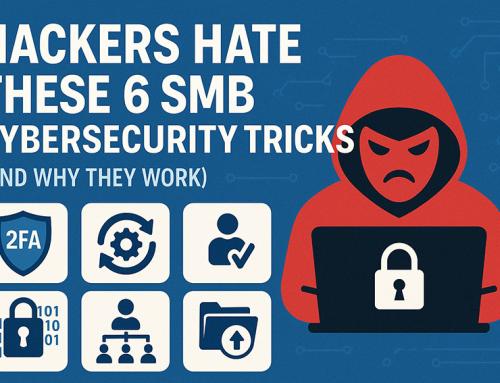Staying safe and secure online can seem like a daunting task as hackers, scams and malware lurk in cyberspace.
This is largely due to our increasingly complex, connected digital life which exposes us to greater risks than ever before. And while there are ingenious new technologies around – like self-healing BIOS, self-encrypting drives and pre-boot authentication – you still need to stop and think before clicking, downloading or sharing.
The good news is that you can protect your data and privacy with a few simple steps.
1. Get password smart
Many people use the same password, or a slight variation on it, for multiple accounts, meaning one breach can leave all your accounts wide open. Try using a password manager app (like Dashlane, LastPass or RoboForm to create unique passwords for each account – and keep track of them. A good, secure passwords should be something unique – like adding numeric characters into a favorite phrase and turning DangerZone into d@ng3rz0n3.
2. Activate two-step
Two-step or multiple-step verification is fast becoming the new standard for online security. This is when multiple pieces of information are required to verify who you are, and login to an account. It’s as easy as a simple tap on your phone or ‘yes’ on your email to ensure it’s really you. Also, always use a VPN when in public places – it encrypts all your data.
3. Backup everything
Ransomware is one of the most prevalent and profitable forms of cybercrime out there right now, but it can be circumvented very easily – with backups. Ransomware works by holding your valuable data to ransom, but if your files are securely backed up, they don’t have a lot of value to a hacker. Cloud storage is cheap as chips, so there is no excuse to not have all your data synced and safe.
4. Beware what you click
Lots of malware requires users to open files or follow links, so you should always take care what you click on. If a link or file looks suspect, it probably is. Look for “https” and the padlock icon in the URL field when surfing and shopping – otherwise it could be a fake site.
5. Update, fix and patch
It may sound obvious – but you would be shocked how many people ignore a crucial task – keeping their software or apps up-to-date. Software providers and app developers are continually patching new bugs in their systems as they appear, but these fixes only help if you download them. Fail to take this crucial step and a virus or malware could worm its way into your digital life.
6. Don’t forget your mobile
You may have your laptop or desktop locked down when it comes to security, but what about your mobile devices – phones and tablets? The two threats to watch out for when you use these include links sent to you via messages, and apps that are not from an official app store.
7. Don’t overshare
It is tempting to post and share your life on social media, but you can also overshare. Hackers and cybercriminals scour the web for information which can help them target your data or privacy. Be sure to limit how much you share about your location, especially where you live.
Follow this advice and you should avoid most online threats and reduce the risk of having your data breached or privacy exposed.












